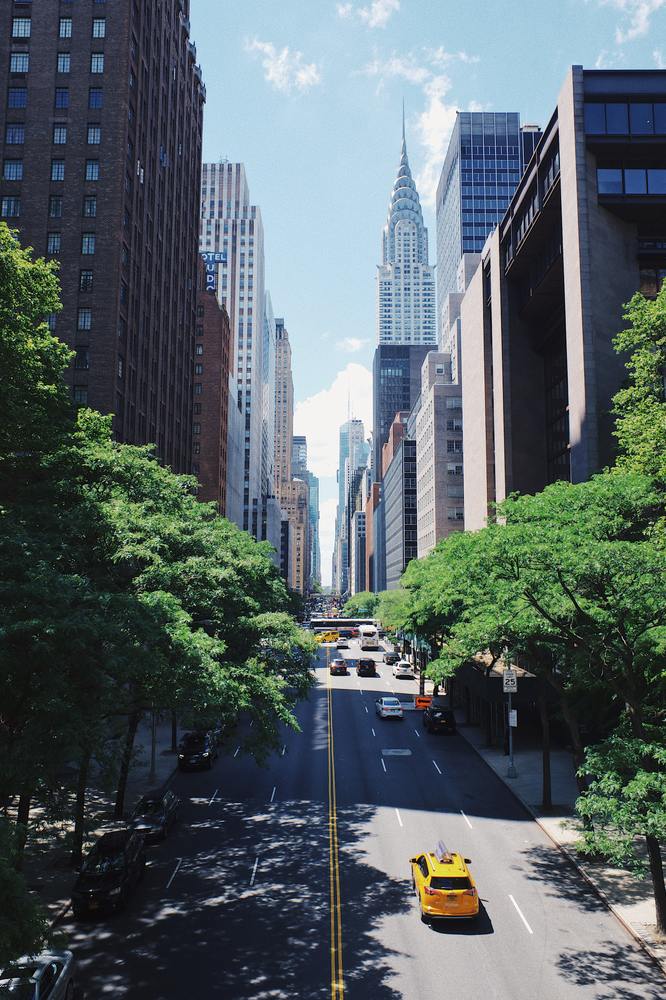Blue Mosque
Details
| Address | |
| Hours | All Day 8:30 AM - 18:30 PM |
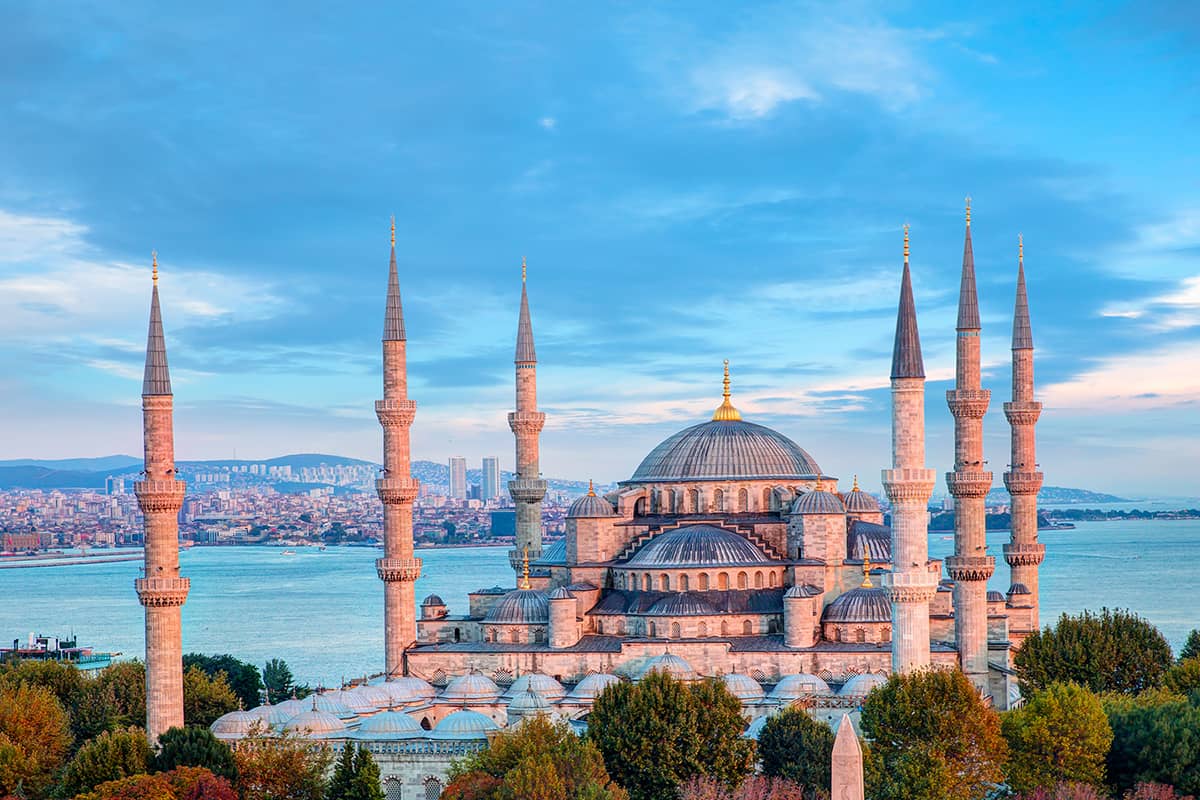
With its intricate tile work, the Blue Mosque in Istanbul stands as a vibrant and enduring tribute to the Ottoman Empire. Embedded within the foundations of the mosque's façade, which has gracefully weathered more than four centuries, lies the compelling and formidable history of this remarkable empire.
Blue Mosque
30 min drive
Built by the 17th-century Ottoman Sultan Ahmed I, the Blue Mosque is an imperial masterpiece adorned with five majestic domes and six towering minarets. Its interior boasts a mesmerizing display of hand-painted blue tiles, giving the mosque its renowned name. While formally known as the Sultan Ahmed Mosque (Sultan Ahmet Camii), the captivating allure of the azure tiles has firmly established it as the Blue Mosque over the centuries. Adjacent to the Blue Mosque is the Hagia Sophia Mosque, a renowned destination in Istanbul that originated as a Byzantine-era cathedral before being converted into a mosque. Together, these two architectural marvels form a remarkable juxtaposition of history and beauty.
With its grand architecture and captivating interiors, the Blue Mosque is an absolute must-see destination. Delve into its Ottoman origins and discover how you can personally experience the awe-inspiring beauty of this remarkable mosque.
-2.jpeg?width=1500&name=bluemosque3%20(1)-2.jpeg)
History of the Blue Mosque
In approximately 1609, Sultan Ahmed I made a significant decision to erect the Blue Mosque as a testament to the enduring might of the Ottoman Empire, which was locked in a prolonged conflict with Persia at the time. Its strategic placement was intended to complement that of the Hagia Sophia, while also aspiring to surpass its magnificence. Sultan Ahmed I personally financed the construction of the mosque from his Treasury, which stirred discontent among those who felt that the funds should have been sourced from war spoils (of which he had none).
Despite the passing of Sultan Ahmed I shortly after its completion, the construction of the mosque persevered. However, the funding controversy surrounding the Blue Mosque was not its sole source of contention. The decision to incorporate six minarets, slender towers traditionally used to summon Muslims to prayer, sparked controversy as it was perceived by many as an act of arrogance. At the time, the only other mosque boasting six minarets was the Great Mosque of Mecca, one of the primary destinations of the holy pilgrimage known as Hajj for Muslims.
Legend has it that the inclusion of six minarets in the Blue Mosque was actually a result of a misunderstanding between the Sultan and the architect. According to the tale, the architect misinterpreted Sultan Ahmed I's instructions. In Turkish, "altı minare" means 'six minarets', while "altın minareler" means 'golden minarets'. Folklore suggests that the Sultan intended to request golden minarets, but the architect understood it as six minarets instead.
Inside the Blue Mosque
Drawing inspiration from the iconic Hagia Sophia and embracing the architectural elements of the classical period of the Ottoman Empire, the Blue Mosque stands as a remarkable symbol of grandeur. Within its walls, more than 20,000 meticulously hand-painted ceramic tiles adorn the interior, showcasing intricate floral patterns. Adding to its splendor, the mosque boasts around 200 stained glass windows that create a mesmerizing play of light during the evening, casting a rich, vibrant blue hue throughout the space. Furthermore, the domes of the mosque are embellished with verses from the Quran, further enhancing its spiritual ambiance.
The Blue Mosque boasts a domed ceiling that stands at almost 24 meters tall and is adorned with chandeliers. These fixtures currently serve a practical purpose by holding ostrich eggs to prevent spiderwebs. In addition to the five main domes, there are eight secondary ones that converge into the main nave. The marble-carved mihrab, indicating the direction of Mecca, can be found within the mosque. The loggia, a covered gallery that was exclusively reserved for royalty, can be located in one of the corners of the building.
The interior of the Blue Mosque is breathtaking and so vividly decorated that it appears too modern to have originated in the 1600s.
How to Visit
The Blue Mosque in Istanbul is typically open from 8:30 AM to 6:30 PM, but being a functioning mosque, it is closed during prayer times along with an additional closure of one hour prior to the prayer time and half an hour after the prayer time ends. You can access the official prayer schedule here.
As the Blue Mosque is a functioning mosque, there is no admission fee. However, visitors are required to adhere to a dress code. Women must cover their hair and legs, while men are expected to wear long pants.
Discover the Free Things to Do in Istanbul for an Unforgettable Experience! If you're in search of exciting adventures and remarkable sights, look no further. Istanbul offers a plethora of captivating activities that will leave you in awe. Explore the vibrant streets, indulge in delicious cuisine, and immerse yourself in the rich history and culture of this enchanting city. Don't miss out on the best things to do in Istanbul!
quick FAQ
Guaranteed check-in time is 3pm. Should you arrive earlier, please contact a guest service person and we can look for early check-in options or we will happily store your luggage.
Check out is at 11am. If you would like to arrange a late check out, we will gladly arrange at a charge and based on availability.
Yes, we love pets!
We do offer valet dry cleaning and laundry services.
Our standard cancellation policy is 24 hours. Non refundable reservations are exempt from this policy.
Explore The Marmara Suadiye
Amenities
- High-Speed Wi-Fi
- 32-Inch LED TV
-
 Washing & Drying Machines
Washing & Drying Machines
- Fridge
-
 Towels
Towels
-
 Air Conditioner
Air Conditioner
-
 Dry Cleaning & Laundry
Dry Cleaning & Laundry
-
 Car Parking
Car Parking
-
 Daily Housekeeping Service
Daily Housekeeping Service
insider
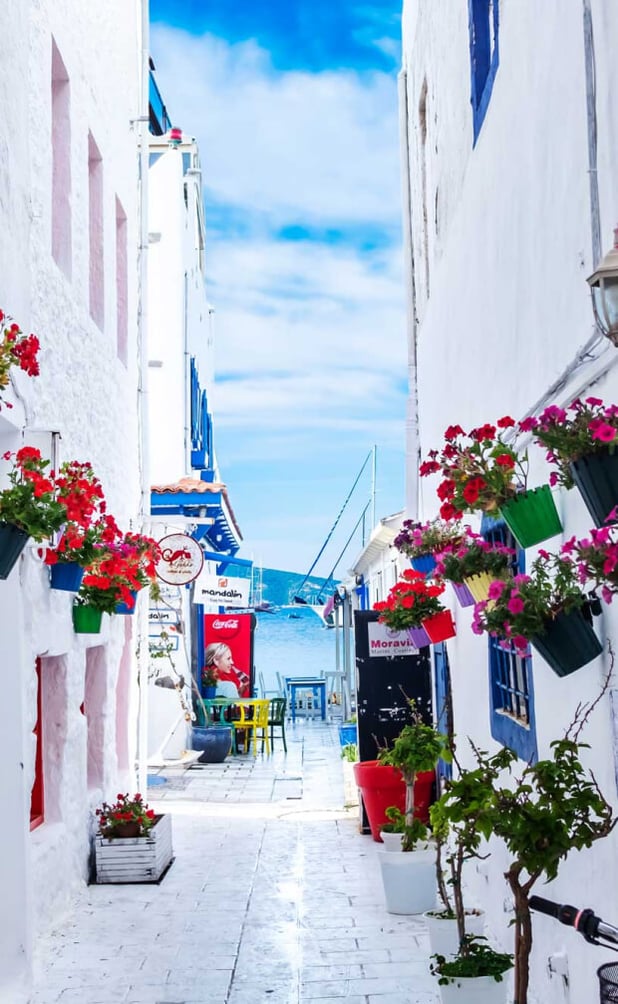
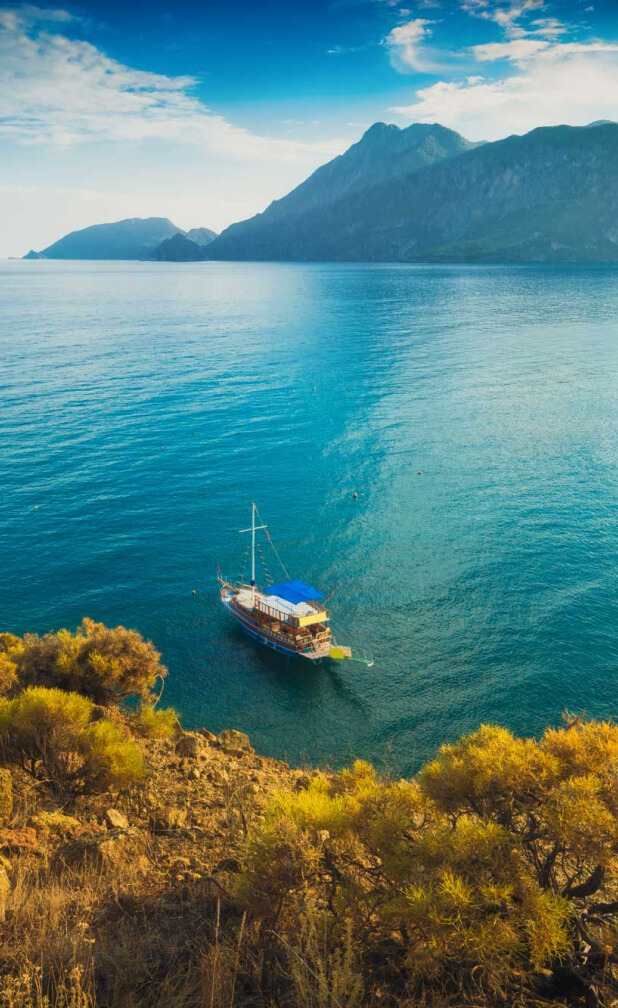
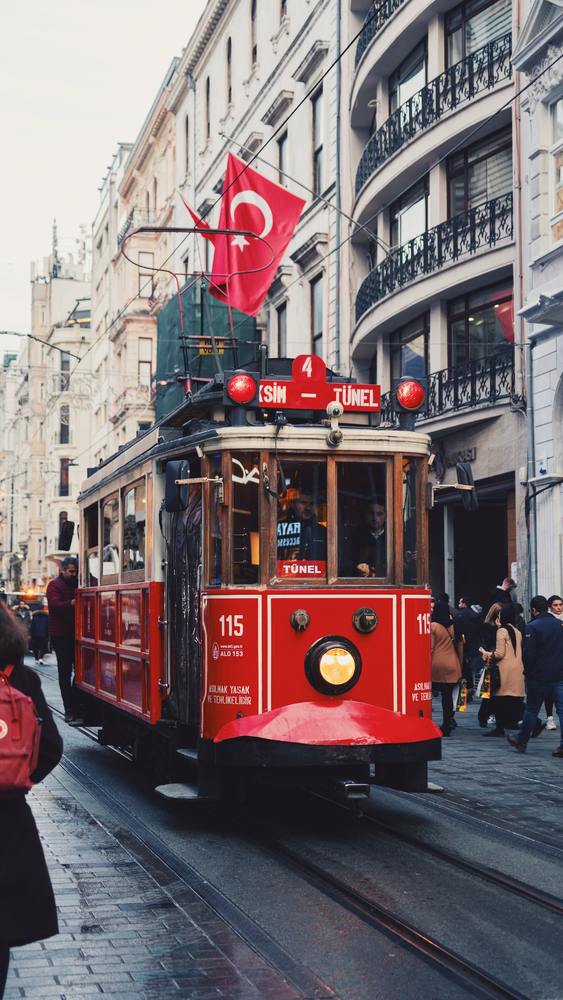
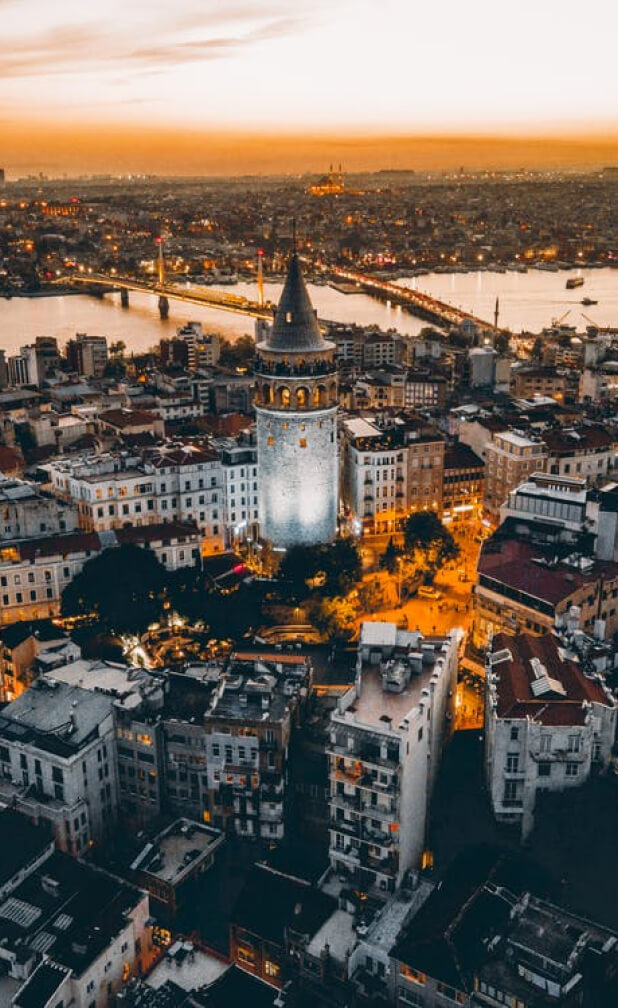
.jpg?width=750&height=1000&name=gokhan-polat-on5DERknRqo-unsplash%20(1).jpg)
.jpg?width=750&height=1000&name=despina-galani-k5yE2uTuyys-unsplash%20(1).jpg)
